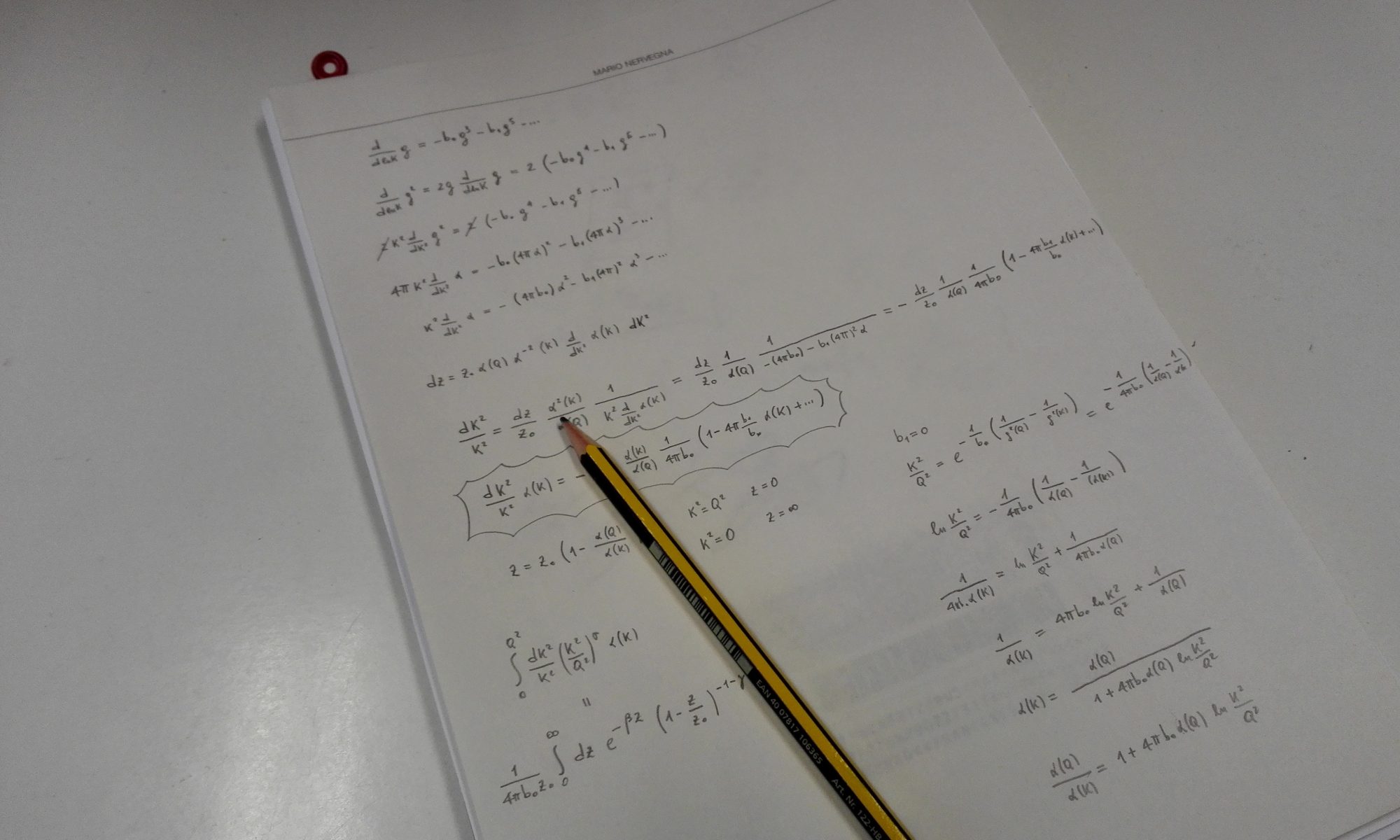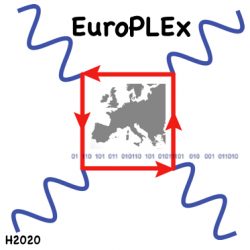Humbolt University, Berlin: Applicability of the weak coupling expansion in QCD – Supervisor: Rainer Sommer
Recent non-perturbative investigations of renormalized couplings have produced examples of excellent precision of (weak coupling) perturbative expansions but also examples of poor asymptotic convergence. More systematic, precise and reliable investigations are needed to better understand the applicability of the perturbative expansion. In this thesis new definitions of renormalized couplings will be developed and investigated by non-perturbative Monte Carlo (MC) lattice computations.
University of Bielefeld: Freezeout-conditions in heavy ion collisions – Supervisors: Christian Schmidt, Frithjof Karsch
A central goal of experiments at the Relativistic Heavy Ion Collider (RHIC) is the exploration of the phase diagram of Quantum Chromodynamics at non zero temperature and baryon chemical potential. In particular, a new, systematic Beam Energy Scan is being prepared at RHIC in order to search for the QCD critical point, a second order phase transition point that has been postulated to exist at non- vanishing baryon chemical potential in the phase diagram of QCD. The measurement of fluctuations of conserved charges, e.g. baryon number B, electric charge Q and strangeness S, play a crucial role in the search for this critical behaviour and the exploration of the QCD phase diagram in general. The proposed project aims at the numerical calculation of these fluctuation quantities to obtain a better understanding of the experiments through a detailed comparison to lattice QCD results.
Trinity College Dublin: High-precision calculations using local realisation of QED+QCD on the lattice – Supervisor: Marina Marinković
Isospin symmetry in nature is broken by the finite mass and electrical charge differences of the u and d quarks. Lattice simulations so far have mainly assumed the masses of u and d quarks to be equal and neglected electromagnetic interaction. Since the estimates of many hadronic observables from the lattice have reached percent accuracy, first principle theoretical predictions of the isospin breaking effects become a necessity. The proposed project will use the local finite-volume description of QCD and QED with an aim to compute the isospin breaking effects to the observables that are significant for unraveling the physics beyond the Standard Model.
Trinity College Dublin: Precision quark mass renormalization and the gradient flow – Supervisor: Stefan Sint
Quark masses are among the fundamental parameters of the Standard Model and their determination from hadronic observables is a prerequisite for many precision tests. The necessary connection between the low energy hadronic input and the perturbative high energy regime can be established using lattice QCD simulations and recursive finite volume renormalization methods. In this project, it is proposed to add the gradient flow for both the gauge and quark fields as the essential new ingredient to improve on the currently available precision for quark mass renormalization factors.
University of Parma: Thimble regularisation of Lattice Gauge Theories – Supervisor: Francesco Di Renzo
The final goal of the project is to make progress towards the knowledge of the QCD phase diagram. Lattice investigation of the latter are hampered by the so-called sign problem: we do not have a positive definite measure to start with and thus Monte Carlo simulations seem to be ruled out. The idea behind the proposed method is to redefine the functional integral on different manifolds, i.e. the thimbles, on which the sign problem is drastically reduced.
University of Parma: Phase structure of quantum gauge theories on compact manifolds at finite temperature – Supervisor: Luca Griguolo
The project concerns the study of the non-perturbative structure of quantum gauge theories on compact manifolds, in different dimensions. The finite volume of the space-time provides a natural infrared cut-off and, in particular (super)symmetric cases, it allows exact computations by localisation techniques and other non-perturbative methods, as AdS/CFT or resurgence. In the large-N limit different phases generically appears, depending on the strength of coupling constants, temperature, masses etc, and can be studied through convenient observables, as the free energy and Wilson loops.
University of Regensburg: Nucleon form factors for neutrino experiments – Supervisor: Gunnar Bali
Neutrinos are known to carry mass, however, their individual masses and whether they are Majorana or Dirac neutrinos are unknown. The next generation of terrestrial long baseline neutrino experiments will shed light on some of these questions. In these experiments neutrinos are scattered off nucleons, bound in nuclei. In this project the form factors (flavour non-singlet and singlet) needed for these experiments will be determined precisely by first principles lattice simulation of the underlying theory, QCD. As a by-product also the tensor form factors will be determined, allowing for a complete picture of how the transverse and longitudinal spin of the nucleon is distributed among its quark and gluon constituents, another area of intense experimental and theoretical interest, that will be investigated in detail at the proposed electron ion collider (EIC) facility.
University of Regensburg: Matrix elements for the direct detection of dark matter – Supervisor: Sara Collins
Astronomical evidence suggests that most of the mass of the universe is composed of weakly interacting dark matter. Such particles are not contained within the Standard Model of particle physics and a number of experiments worldwide are currently searching for evidence of their existence via the detection of scattering of these particles with quarks within nucleons. Once such events are observed, information on the underlying theory encompassing dark matter will be sought, e.g. by determining the coupling strength with quarks. As part of this project the nucleon scalar matrix elements that are essential for extracting the coupling strength from experiment will be computed using Lattice QCD. These matrix elements, along with others which will be computed, are connected to how the mass and the momentum of the nucleon arises from its quark and gluon constituents. Precise knowledge of this decomposition is relevant for many experiments involving nucleons, including the LHC at CERN.

